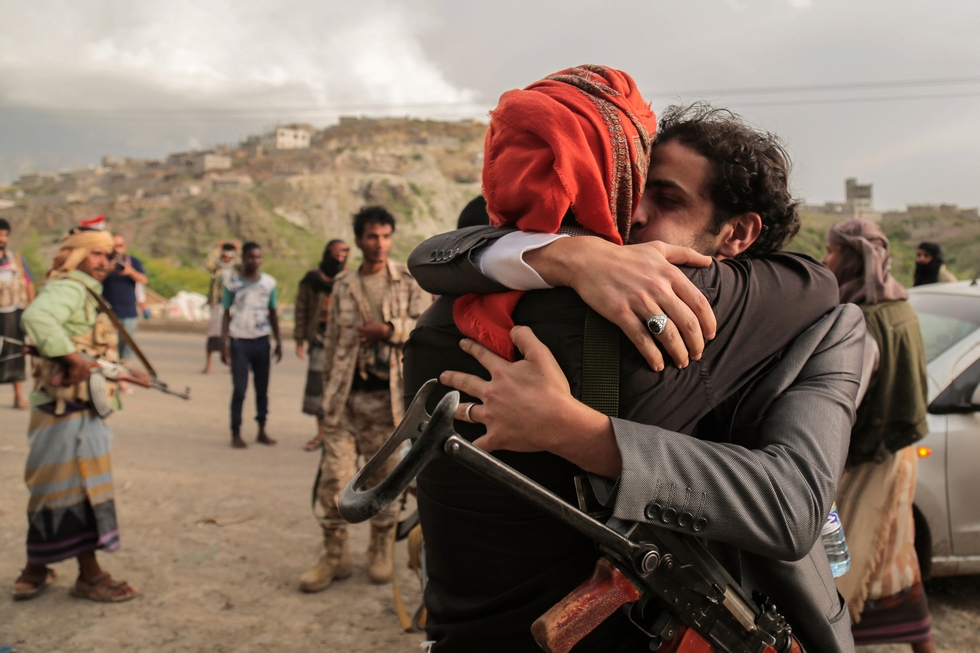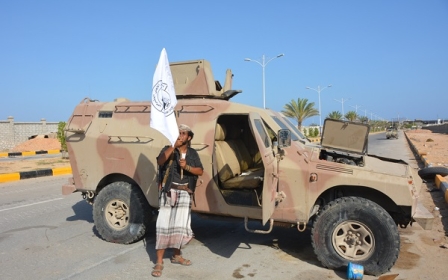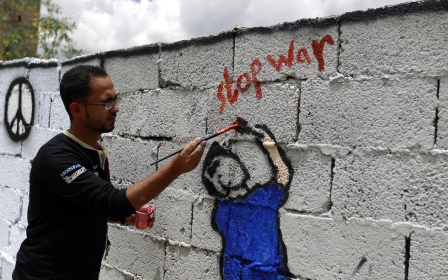Fighting kills 80 in one day as Yemen peace talks stall

Intensified fighting and air strikes over the past 24 hours in Yemen have left 80 people dead, including 37 civilians, as lengthy peace talks in Kuwait made no headway, officials said.
In the largest death toll, jets from the pro-government Saudi-led coalition killed 34 people, including 19 civilians when they targeted Houthi rebels in the southwestern region of Taiz, a Yemeni military official said.
The pre-dawn air strike hit a lorry transporting weapons for the Houthis as it crossed a busy road, a provincial official said, adding that four women were among the dead, as well as 15 rebels.
In the flashpoint city of Taiz, 11 civilians and a soldier were killed when rebels bombed a residential area, a military official said.
Meanwhile, 12 rebels and three loyalist soldiers were killed in clashes in Nahm, northeast of Sanaa, while six other rebels were killed in fighting in Marib, east of the capital, the official said.
In the same province, a coalition warplane hit a vehicle carrying pro-government forces "by mistake," killing four soldiers and wounding four others, another military official said.
In the south, at least seven civilians including two children were killed in air strikes "probably by drones" on militants which hit a nearby house in Mahfed, between the provinces of Abyan and Shabwa in Yemen's south, a local official told AFP.
The Houthis overran the capital in late 2014 before advancing into other parts of Yemen, prompting a Saudi-led coalition to intervene in March last year.
The UN says more than 6,400 people have been killed in Yemen since then, mostly civilians.
The fighting has also driven 2.8 million people from their homes and left more than 80 percent of the population in need of humanitarian aid.
Middle East Eye propose une couverture et une analyse indépendantes et incomparables du Moyen-Orient, de l’Afrique du Nord et d’autres régions du monde. Pour en savoir plus sur la reprise de ce contenu et les frais qui s’appliquent, veuillez remplir ce formulaire [en anglais]. Pour en savoir plus sur MEE, cliquez ici [en anglais].




